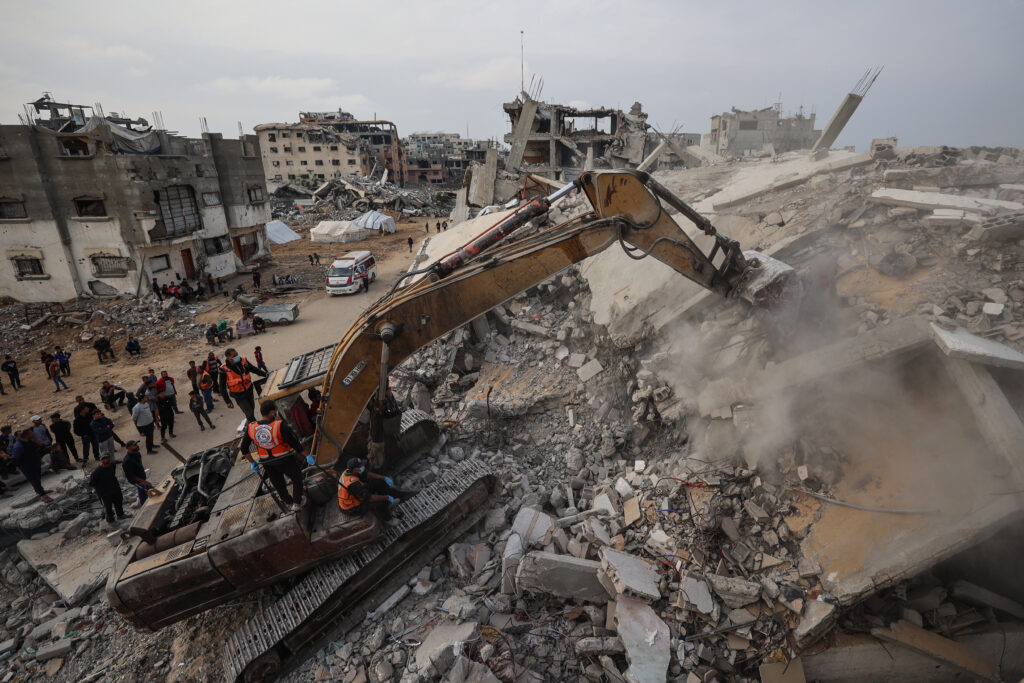Budget de la Sécu: le gouvernement fait marche arrière sur les tarifs médicaux
Peu avant le vote incertain du budget de la Sécu, le gouvernement a décidé mardi de renoncer à un article sur la fixation des tarifs médicaux, visant à limiter des situations de rentabilité excessive, qui provoquait la colère des médecins libéraux.Dans sa version initiale, l’article 24 du projet de budget de la Sécu visait à permettre à l’Assurance maladie de revoir unilatéralement certains tarifs médicaux quand une situation de rentabilité excessive était constatée. Des spécialités comme la radiothérapie, l’imagerie, la dialyse ou la néphrologie en particulier étaient visées.Après un premier rejet de l’article dans l’hémicycle vendredi, l’exécutif avait rédigé une nouvelle version du texte, proposée mardi aux députés en deuxième délibération, et ne contenant selon la ministre de la Santé Stéphanie Rist “aucune décision unilatérale” de l’Assurance maladie.Cette nouvelle version de l’article prévoyait que “les professionnels de santé, leurs représentants syndicaux travaillent avec l’Assurance maladie pour cibler les rentes excessives”, et “proposent des mesures” pour les diminuer, avait expliqué en début d’après-midi Mme Rist. En cas d’échec des négociations, la décision aurait été renvoyée à un arbitre.Mais mardi après-midi, l’article 24 a de nouveau échaudé les rangs de la droite. “La rédaction ne nous convient pas, je vous l’ai déjà dit (…). Je recommande chaudement que vous retiriez votre seconde délibération”, c’est “une question de respect par rapport au vote qui a déjà eu lieu”, a lancé le patron du groupe LR Laurent Wauquiez.”Vous ne ferez pas les équilibres de l’Assurance maladie en le faisant contre notre médecine libérale, dont on a besoin”, a-t-il ajouté.”Nous n’acceptons pas que la médecine libérale, que les médecins, que le système de liberté médicale qui constitue notre pilier porteur de notre système de santé, soit aujourd’hui remis en cause”, a aussi critiqué Éric Ciotti (UDR).À l’inverse, le député écologiste Hendrik Davi a déploré que les ambitions de l’article aient été “revues à la baisse par le gouvernement”, mais annoncé l’intention de son groupe de voter pour.”Il n’est pas question avec cet article d’aller contre les professionnels, d’aller contre le parlement. Je pensais que cet amendement était le compromis des débats. Il était tard vendredi, j’ai peut-être, j’ai sûrement mal compris”, a répondu la ministre Stéphanie Rist, choisissant de retirer l’amendement du débat et de “continuer à travailler” sur le sujet dans un autre cadre.Retiré par l’exécutif, l’amendement a finalement été repris par les écologistes mais rejeté par l’Assemblée nationale (322 voix contre, 111 pour).L’article 24 était l’une des principales raisons du mouvement de grève prévu par tous les syndicats de médecins libéraux à partir du 5 janvier prochain.









